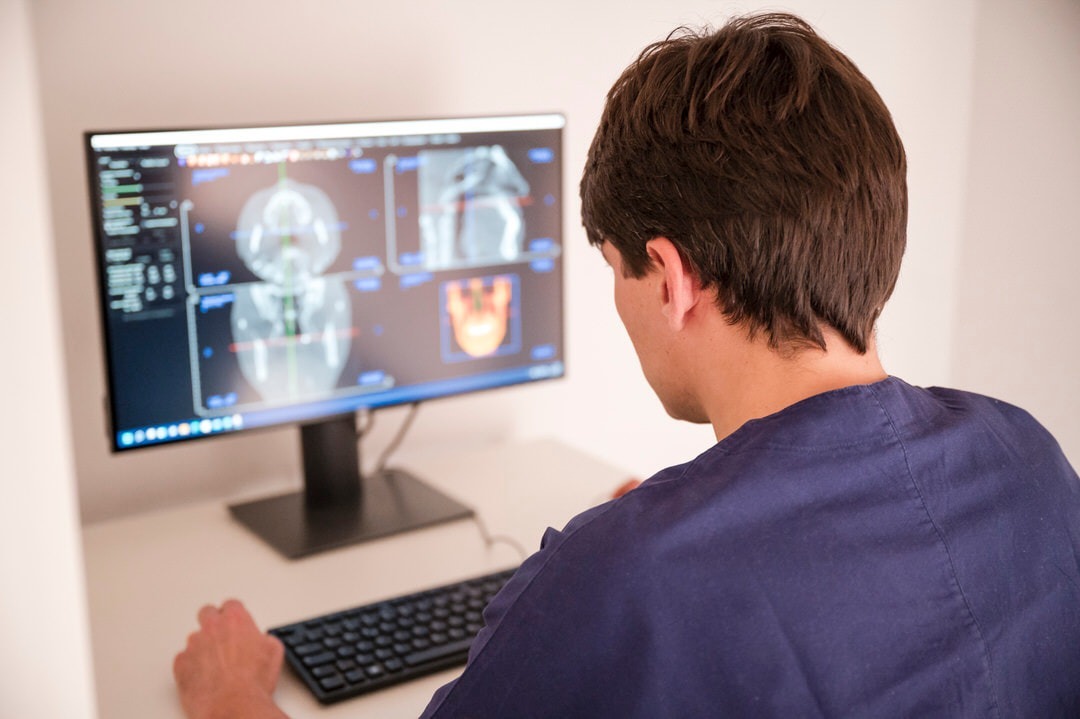
È quella branca della chirurgia maxillo facciale che si occupa della correzione chirurgica delle malocclusioni nei casi in cui il solo trattamento ortodontico non è sufficiente. Ha come obiettivo la corretta occlusione ed il miglioramento dell’estetica del volto.
Possono beneficiare della chirurgia ortognatica a Roma e Latina tutti i pazienti con alterato rapporto tra le strutture ossee facciali, tali da determinare problemi sia estetici che funzionali. Queste situazioni possono avere ripercussioni sulla masticazione, sulla respirazione e sulla fonazione, nonché sulla percezione di sé e sull’ autostima.
The ideal candidates for orthognathic surgery in most cases show a discrepancy between the position of the maxillary bone and the mandible (skeletal malocclusion), characterized by excess or defect of the of the upper jaw or mandible. Malocclusions are divided into two main categories:
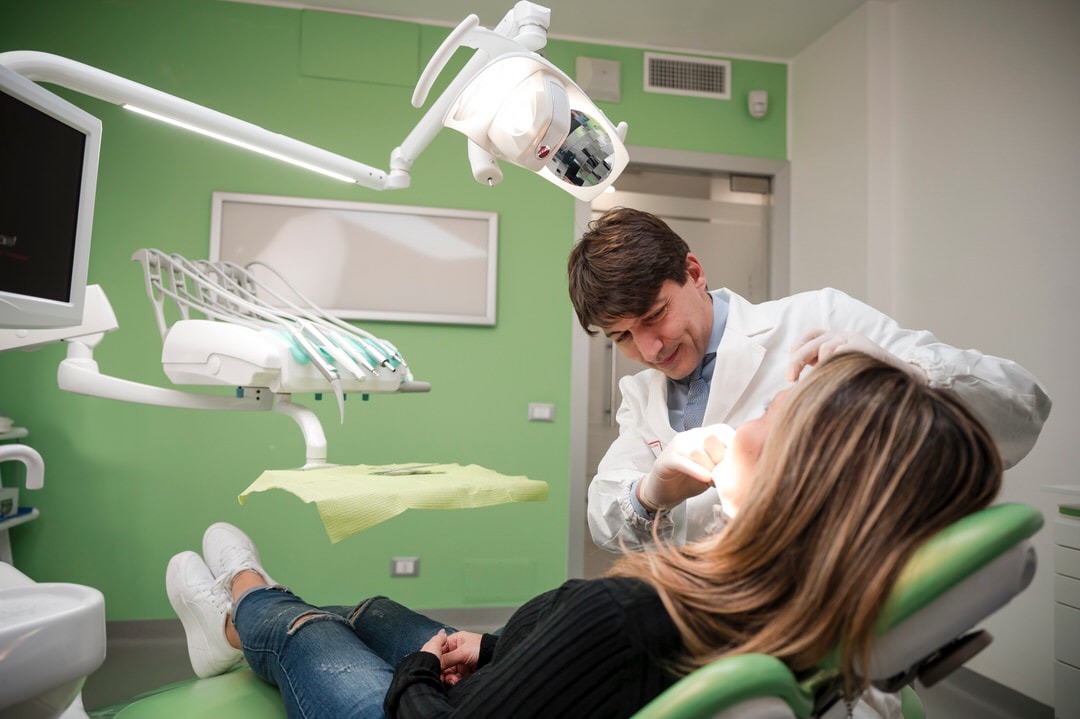
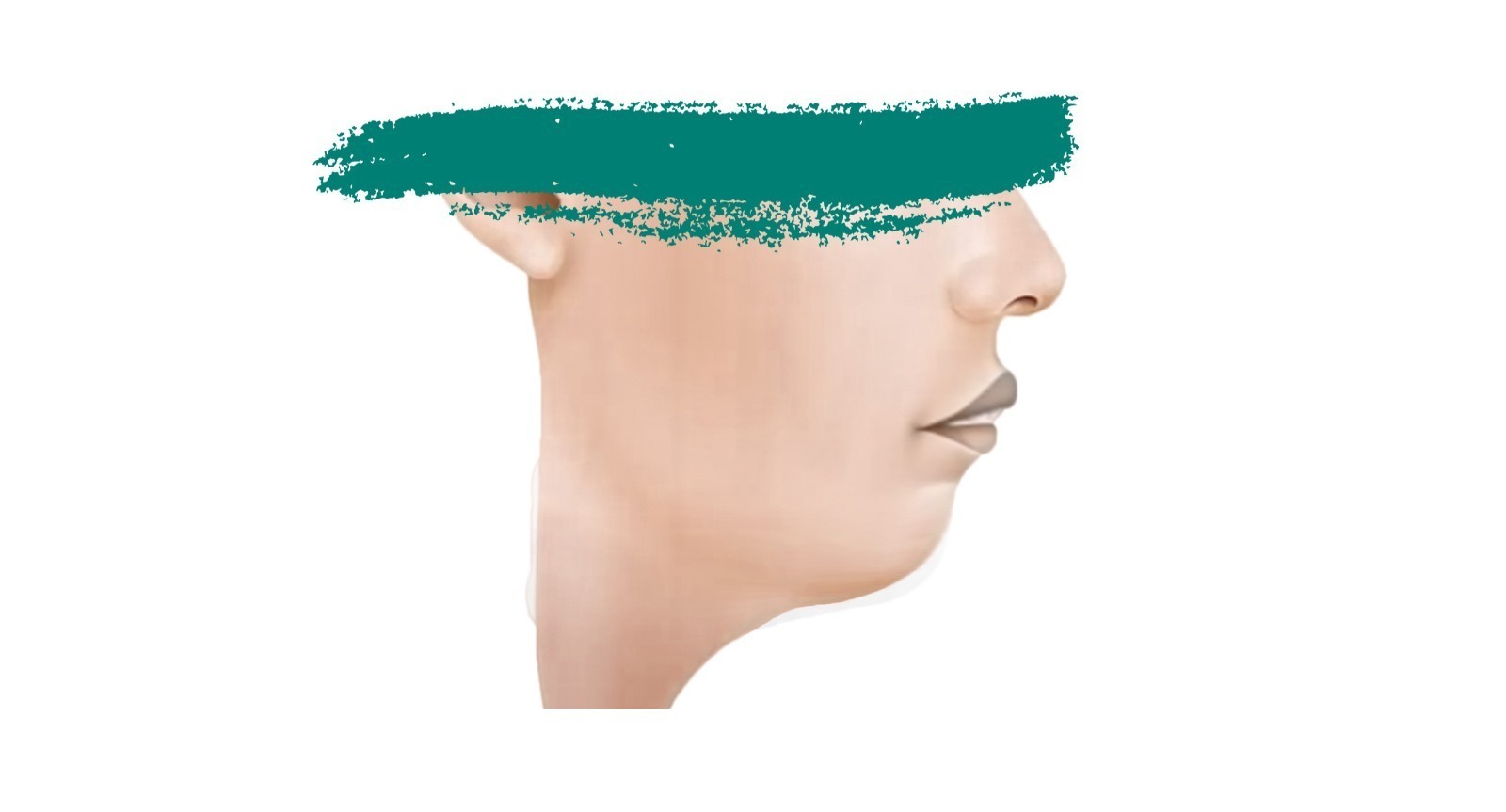
Class 2:: Also known as mandibular prognathism. It occurs when the maxilla is advanced compared to the mandible because of an excessive development of the upper jaw or reduced growth of the mandible, with a receding chin and a large space between the upper and lower incisors (retruded chin).
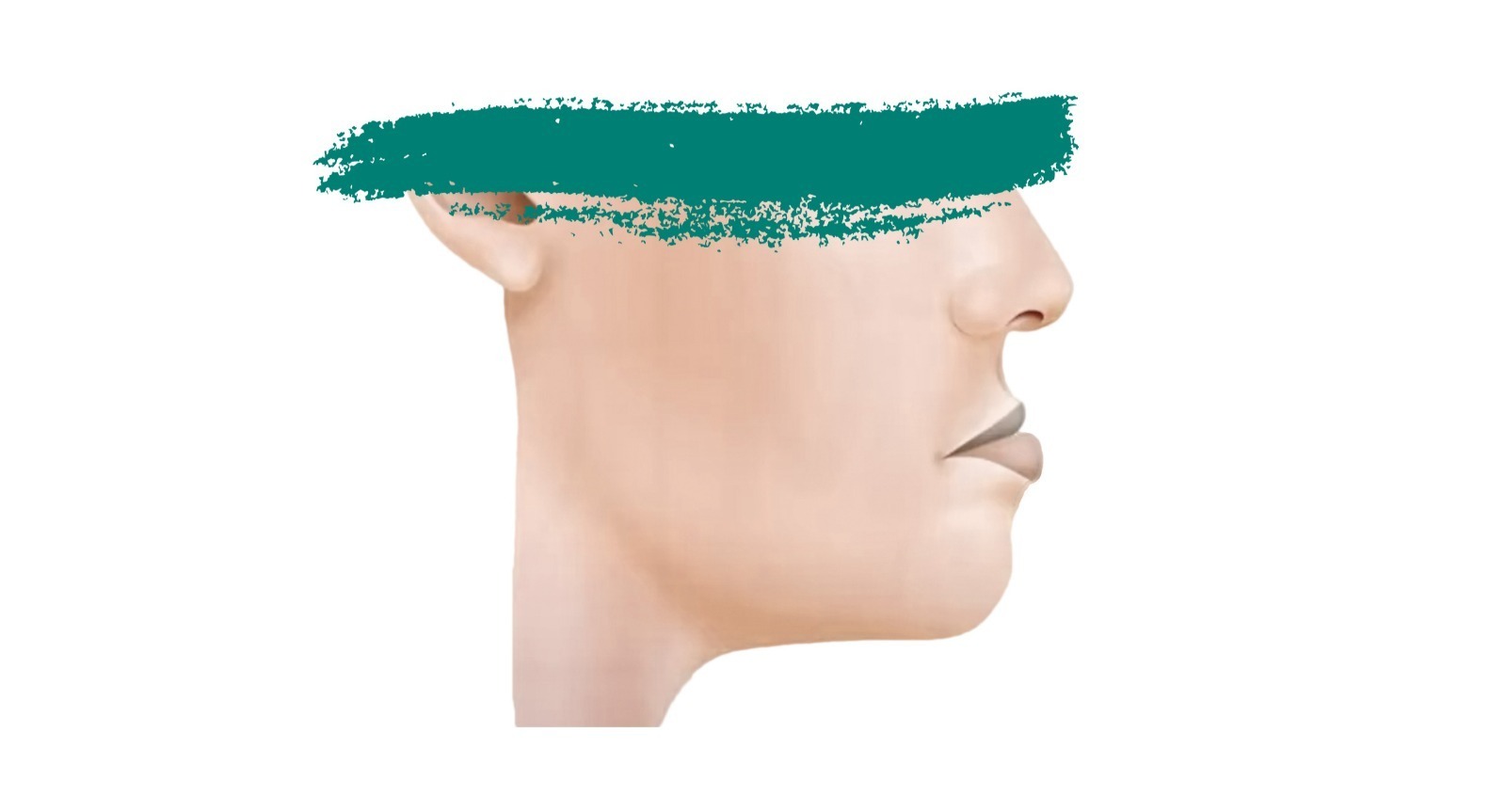
Class 3:: Also known as mandibular progenism. It occurs when the mandible is advanced compared to the maxilla, because of the excessive growth of the lower part of the face, underdevelopment of the upper jaw and incorrect closure of the bite, with the jaw being excessively large or pronounced.
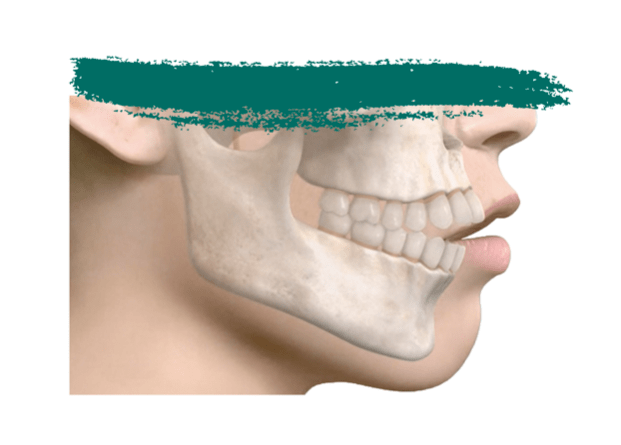
Deformities that cannot be fixed only with orthodontics, like open bite, deep bite, reverse bite, which cause the inability to completely clench the teeth.
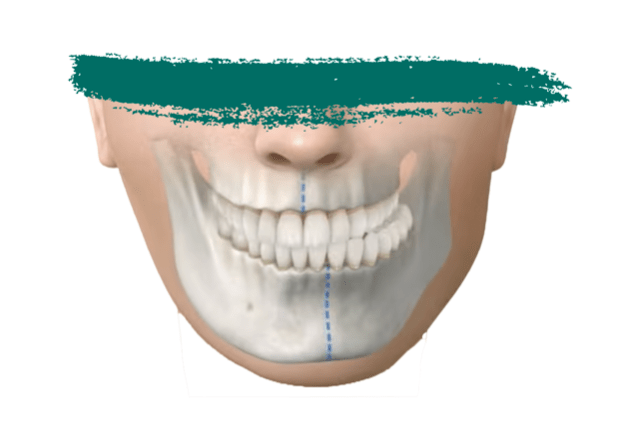
Facial asymmetries, with deviation of the mandible, chin or upper jaw.
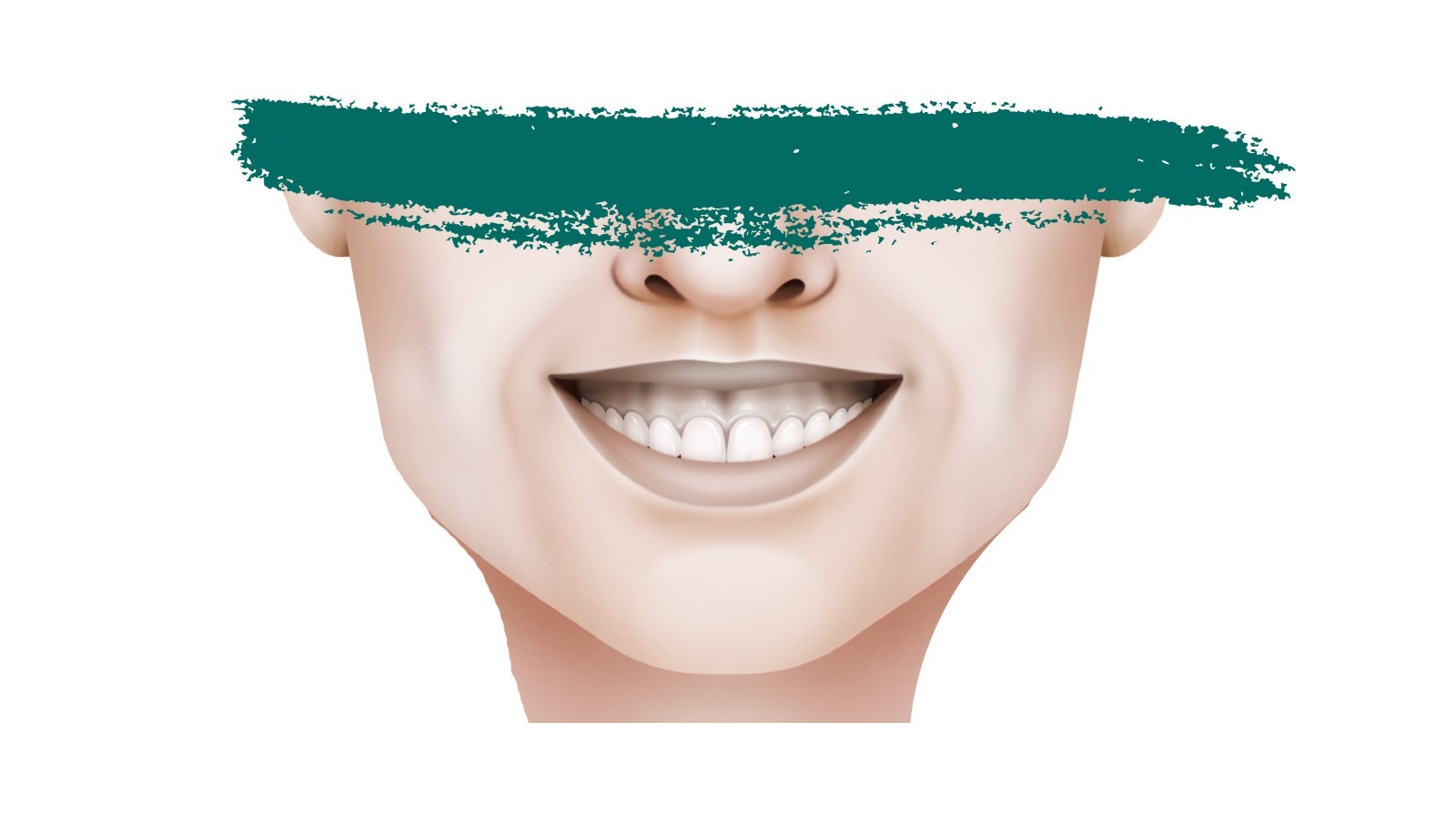
Gingival smile.

Obstructive sleep apnea.
Nella procedura seguita dal Dott. Daniele Panetta per le operazioni di Chirurgia Ortognatica a Roma e Latina è prevista la terapia ortodontica pre-chirurgica con una durata di circa un anno ed è eseguita al fine di allineare i denti sulle due arcate, preparandole per la chirurgia.
It is a delicate moment of the treatment, because in this phase the patient may notice a worsening of the occlusal and aesthetic situation as the dental compensations implemented by the body are erased, which tries to at least partially fill the skeletal defect.
Once this phase is completed, the patient is ready for surgery, which will lead to the full and definitive resolution of the malocclusion.
The pre-surgical orthodontic phase can be bypassed if the conditions of the occlusion allow surgery to be carried out as the first step of the treatment. In these cases, we talk about Surgery First. Where this protocol is indicated, the orthodontic surgery is applied a few days before surgery and the alignment of the teeth is carried out after surgery.
In a minority of cases, when the teeth are already aligned and it is possible to obtain a stable occlusion at the end of the procedure, surgery can be performed alone, without orthodontics, with the purpose of changing and harmonizing the patient's profile.
The most important purpose of the Chirurgia Ortognatica viene eseguito dal Dott. Panetta in clinica a Roma o Latina, completamente all’ interno della bocca. Pertanto non saranno presenti cicatrici visibili all’ esterno.
Some small intraoral incisions are made and the osteotomies necessary for the mobilization and consequent repositioning of the maxilla are performed, which are fixed in the ideal position with titanium screws and plates.
L’intervento di chirurgia ortognatica si propone di ristabilire l’occlusione ideale e raggiungere l’ armonia del profilo e del sorriso dei pazienti.
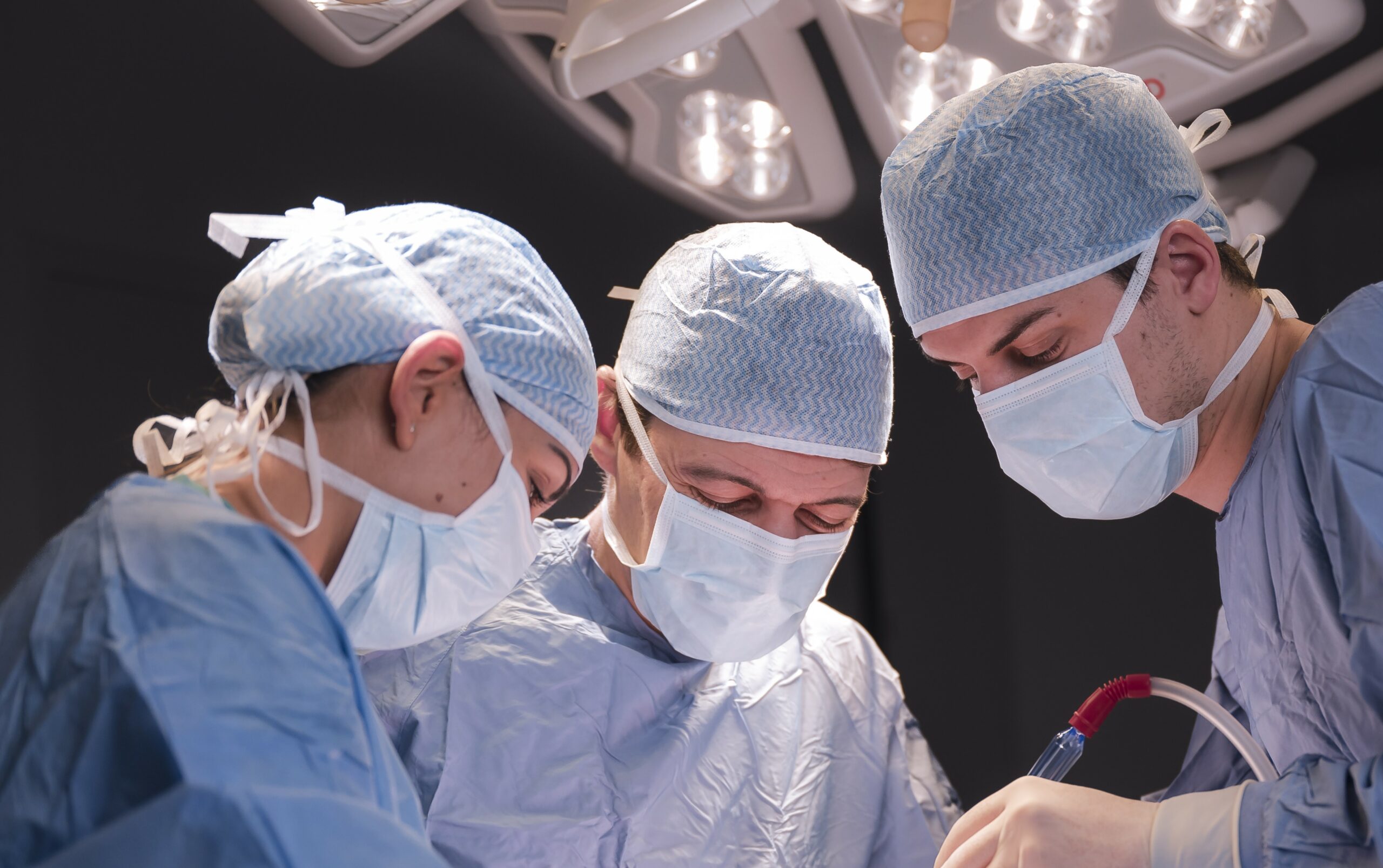
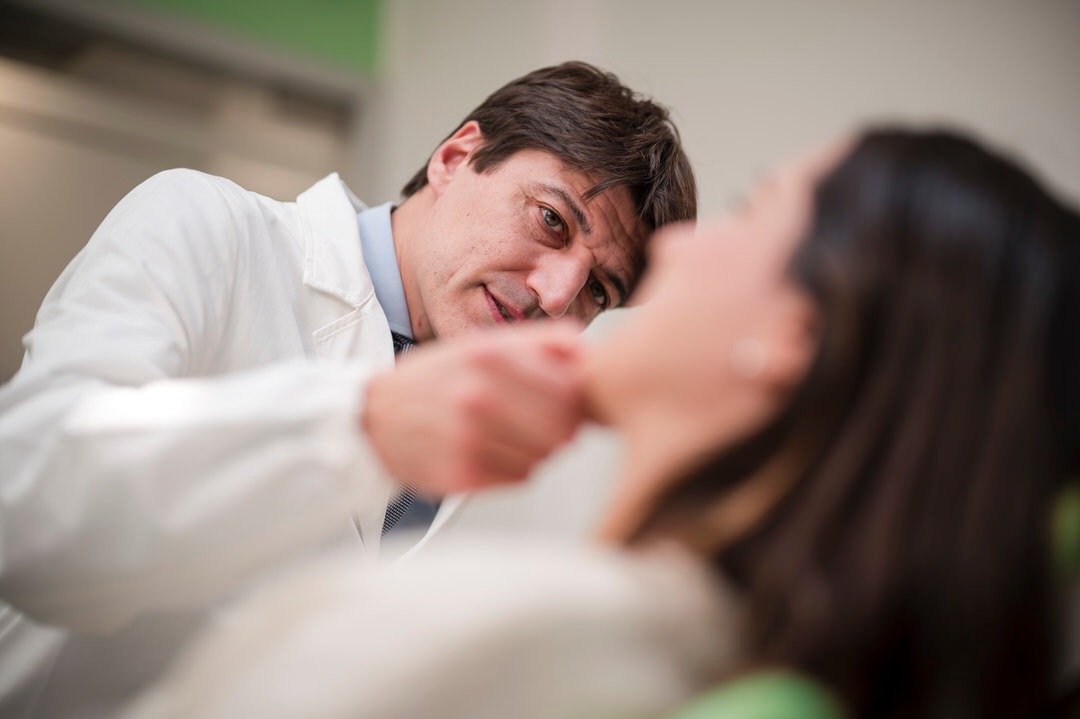
Nei giorni immediatamente successivi l’intervento di chirurgia ortognatica a Roma e a Latina sarà presente gonfiore di grado variabile sul viso. E’molto importante seguire una dieta con cibi morbidi e dedicarsi a un’accurata igiene orale finalizzata a una più rapida guarigione delle ferite chirurgiche.
Dopo l’intervento verranno programmati dei controlli ambulatoriali con il chirurgo, mentre l’ortodontista si occuperà della fase di rifinitura, di breve durata, alla quale farà seguito la definitiva rimozione dell’apparecchio ortodontico.
Dopo circa 7-10 giorni di riposo il paziente può tornare ad una vita normale, riprendere l’attività lavorativa ed una leggera attività fisica, evitando sforzi eccessivi. La dieta con cibi morbidi va proseguita per 40 giorni, per poi iniziare a masticare normalmente qualunque tipo di cibo.
Orthognathic Surgery does not leave any visible mark because the incisions and subsequent sutures are all inside the mouth.
The risks associated with Orthognathic Surgery are very low. A temporary alteration in the sensitivity of the lips and chin may occur immediately after the surgery, which recovers fully in a short time.
Il Dott. Daniele Panetta, Chirurgo Maxillo – Facciale effettua interventi di Chirurgia Ortognatica a Roma e Latina.
Yes, Orthognathic surgery is one of the treatments performed for Obstructive Sleep Apnea Syndrome (OSAS), with permanent advantages.
Patients with obstructive sleep apnea are characterized by collapse of the airways at the oropharynx level. In these cases orthognathic surgery, through a bimaxillary advancement, re-establishes the patency of the airways, allowing the passage of air.
No, it is not. This is a procedure considered aesthetic-functional, because in addition to aesthetic improvement, it promotes functional improvement in chewing and breathing.
Yes, it is possible to perform this operation along with other procedures like rhinoplasty, mento-plasty or, in adult patients, blepharoplasty.
The main advantages of Orthognathic Surgery are:
Correction of malocclusion
Profile harmonization
Improved respiratory function
Improved quality of life and self-esteem
This operation, like many others performed on the face, is carried out by a maxillofacial surgeon.
Orthognathic surgery must be carried out at the end of growth, therefore starting from the age of 17 for females and from 18 for males, by evaluating the details of each individual case from time to time.
In traditional treatment, it is necessary, the use of braces before surgery is necessary to correct the position of the teeth in preparation for surgery.
After surgery, the device is retained to perform a finishing phase, at the end of which it is removed.
L'intervento viene eseguito in anestesia generale.
We talk about Surgery First when the surgery is carried out as the first step of the treatment, without pre-surgical orthodontics. This protocol is applicable to selected cases and it is very advantageous because it allows to significantly reduce treatment times.
The results of Orthognathic Surgery are intended to last a lifetime.
The post-operative period in Orthognathic Surgery is generally not painful and, in any case, the majority of patients report less pain than expected.
Common anti-inflammatories taken as needed are able to effectively control the discomfort present.
Previously planned osteotomies are performed on the maxilla and/or mandible so that the bone segments can be repositioned correctly and fixed with titanium plates and screws. The surgery is carried out completely inside the mouth, without leaving external scars on the face.
The duration of Orthognathic Surgery can range from 1.5 to 3 hours.
No, no intermaxillary locking is used.
Paresthesia after Orthognathic Surgery is considered absolutely normal. Paresthesia is nothing more than a sensation of numbness or prolonged anesthesia in the upper lip, lower lip and chin.
However, Paresthesia of the lip is a temporary situation which completely regresses as the days pass after the surgery.

Il Dott. Daniele Panetta e il suo team lavorano con professionalità e passione per offrire soluzioni personalizzate per esaltare l’armonia del tuo volto.